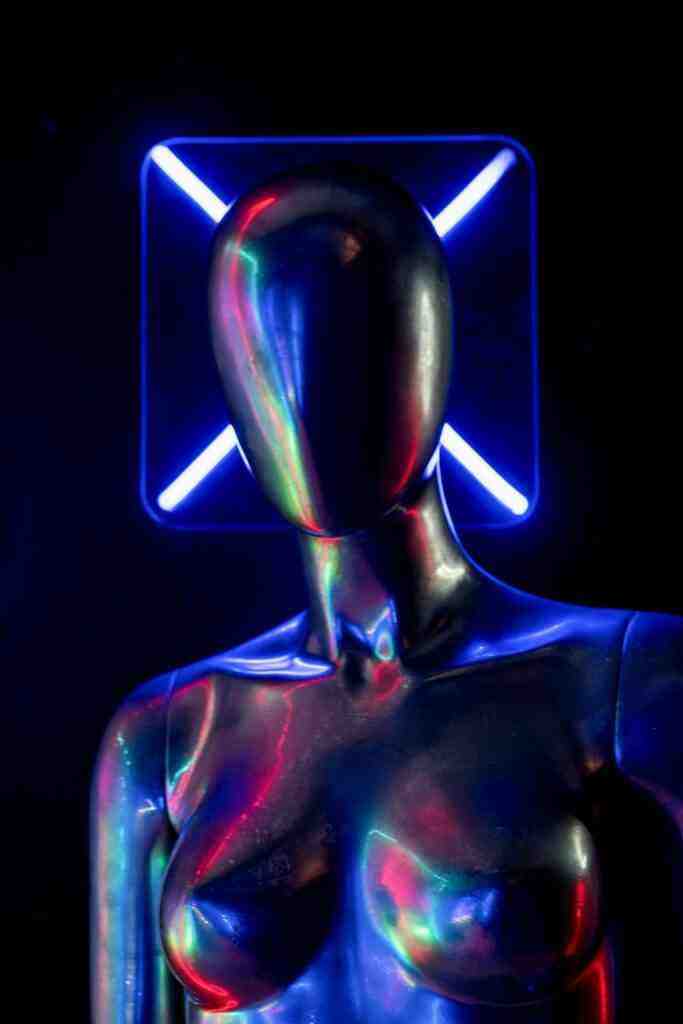Jellyfish Robot: Adonis Christodoulou’s Creation of an Interactive Marine Mimic
In the realm of robotics and marine-inspired design, a breathtaking creation has emerged from the mind of Adonis Christodoulou – the Jellyfish Robot. This groundbreaking innovation captures the essence of tranquility and beauty found in the jellyfish, while introducing a new level of interactivity through machine learning and gesture recognition. Dive into the depths of this project’s intricacies, exploring the fusion of technology and nature.
Inspiration: The Allure of Jellyfish
A Serene Encounter at Kelly Tarlton Aquarium:
Adonis Christodoulou’s visit to Auckland’s Kelly Tarlton Aquarium sparked an enthrallment with jellyfish. The calming and graceful movements of these marine creatures left a lasting impression.
Capturing the Essence of Tranquility:
Christodoulou sought to replicate the serene ambiance of jellyfish in a technological form. The Jellyfish Robot was conceived as an embodiment of tranquility and elegance.
Technological Marvels: Unveiling the Robot’s Mechanisms
Machine Learning: The Guiding Force:
The Jellyfish Robot is powered by machine learning algorithms, enabling it to adapt and learn from interactions. This technology allows the robot to interpret hand gestures and respond accordingly.
Actuator-Reel Technology: Mimicking Tentacles:
The robot incorporates actuators equipped with reels, designed to mimic the tentacles of a jellyfish. These reels function seamlessly, providing realistic movements and interactions.
Perpendicular Threads: Ensuring Structural Integrity:
The robot’s design features holes strategically placed along its sides, ensuring the threads remain perpendicular to their respective reels. This meticulous engineering ensures optimal performance and structural stability.
Multi-Layered String Arrangement: Creating Dynamic Movement:
Four strings are ingeniously connected to various levels of the reels, creating a layered structure. This arrangement allows the robot’s tentacles to move in a dynamic and lifelike manner.
Gesture Recognition Software: Translating Emotions:
The software embedded in the robot is a marvel of programming, teaching the machine various hand gestures. These gestures are meticulously mapped to specific emotions, enabling the robot to communicate with humans on an emotional level.
Industry Implications: A Glimpse into the Future
Aquarium Entertainment: Enhancing Visitor Experiences:
The Jellyfish Robot has the potential to transform aquarium experiences, creating interactive displays that captivate visitors. This integration of technology and marine life can foster a deeper appreciation for the beauty and wonder of the underwater world.
Robotics and Automation: Expanding Capabilities:
The actuator-reel technology employed in the Jellyfish Robot can be adapted to various industries, including manufacturing and healthcare. This technology holds the promise of enhancing the capabilities and flexibility of robotic systems, leading to more efficient and precise operations.
Artificial Intelligence: Advancing Human-Robot Interaction:
The Jellyfish Robot showcases the immense potential of artificial intelligence in creating lifelike and interactive robots. This advancement paves the way for robots that can understand and respond to human gestures and emotions, fostering deeper connections between humans and machines.
Conclusion:
Adonis Christodoulou’s Jellyfish Robot stands as a testament to the convergence of creativity, technology, and inspiration. This remarkable creation not only captures the tranquility and elegance of jellyfish but also introduces a new dimension of interactivity through machine learning and gesture recognition. The Jellyfish Robot holds immense promise for revolutionizing aquarium entertainment, robotics and automation, and artificial intelligence. As we look forward, this innovation serves as a glimpse into a future where technology harmoniously blends with nature, creating experiences that are both captivating and profound.
